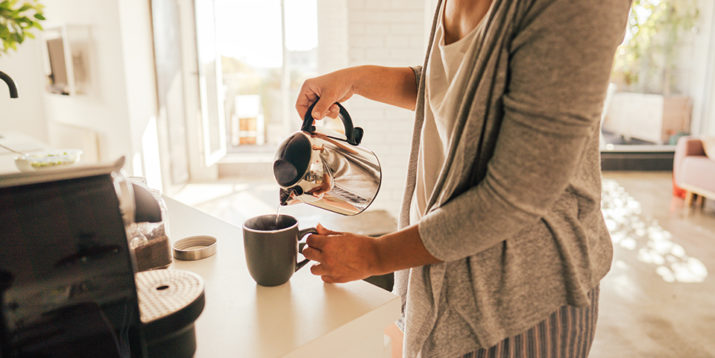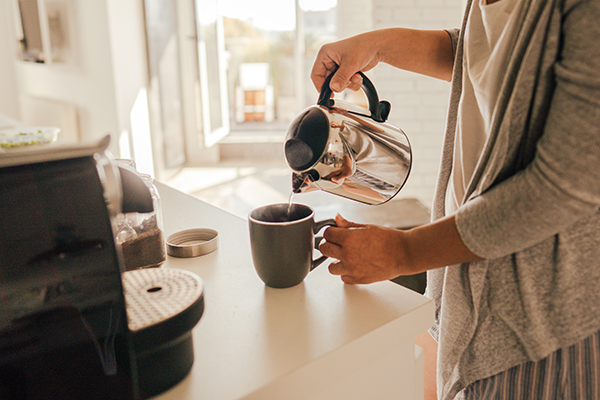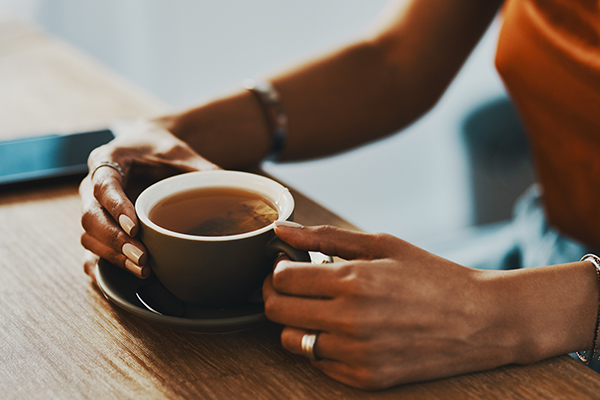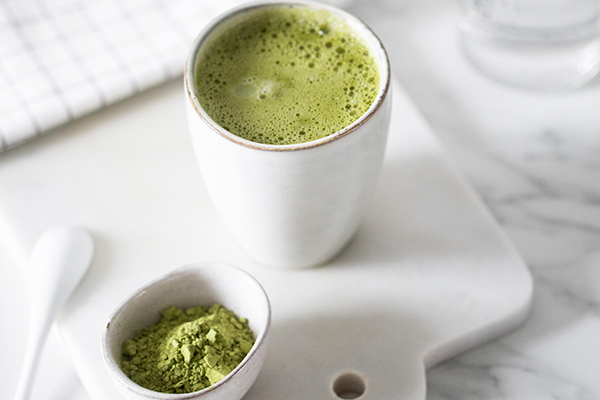7 Types of Tea and Their Benefits

Tea is one of the most versatile — and widely consumed — beverages worldwide.
You can cozy up with a hot cup of tea in winter or cool off with iced tea in summer.
Many drinks we think of as different types of teas come from the same plant, Camellia sinensis.
Among tea purists, these are “true teas.”
“All teas made from Camellia sinensis share a few benefits and have antioxidant effects,” says Claire Carlton, M.S., R.D., L.D.N.
In contrast, herbal teas made from herbs and flowers are their own thing, sometimes called “tisanes.”
(You may have also heard of “detox teas,” but in truth, no food or drink actually “detoxes” your body.)
Different types of tea have varying amounts of caffeine, theanine, and flavor depending on processing.
Caffeine and theanine are like yin and yang. Caffeine stimulates the nervous system; theanine relaxes it.
Let’s look at the most popular types of tea…
1. White
“White tea is made from young leaves, and undergoes minimal oxidation and processing, giving a gentle flavor,” explains Melissa Rifkin, MS, RD, CDN.
White tea has strong antioxidant activity and similar caffeine and theanine levels as green tea.
You’ll find different types of white tea becoming more popular, but you may not find it stocked at your local supermarket.

2. Green
Brewed green tea is greenish in color and has a refreshing flavor. It is more processed than white tea, but less processed than black tea, explains Carlton.
Many studies have explored the health benefits of green tea.
You’ll find different types of green tea infused with flavors or other herbs, such as mint or lemon.
Matcha is another type of green tea — and possibly one of the trendiest “green things that are good for you” since kale.
Green tea has around 28 mg caffeine per cup.

3. Oolong
A traditional tea in China and other parts of Asia, oolong tea is somewhere between green tea and black tea for the level of processing and caffeine.
“Oolong is partially fermented,” says Rifkin. Oolong tea has around 38 mg of caffeine per cup.
4. Black
“Black tea is fully oxidized and fermented, giving it a rich color and flavor,” says Rifkin.
Black tea also provides a stronger caffeine kick than green tea and white tea because it has more caffeine and less theanine.
Studies have also found it supports heart health.
There are many different types of black teas. The names often refer to different production areas or blends. They can also be flavored or spiced like chai.
Earl Gray gets its distinctive flavor from bergamot, a citrusy essential oil, but otherwise, it’s just black tea.
Black tea has around 48 mg of caffeine per cup.
Now we move onto the less-common types of tea that “purists” might group under green or black tea.

5. Matcha
In simplest terms, matcha is a green tea powder. On social media and IRL, it means fun, latte-style drinks and ice cream cones.
(Although serious matcha drinkers think adding milk is like putting wasabi in your soy sauce. Don’t do it.)
“Matcha is a powder made from ground green tea leaves,” says Carlton. “The plant is covered in shade before harvest, increasing levels of L-theanine and chlorophyll or the green pigment.”
Try these matcha recipes:
6. Chai
In India, chai means tea. Masala chai is a popular black tea blend with warming spices often brewed with milk and water, but you can also drink chai without milk.
“The mixtures can vary, but often include cardamom, cinnamon, ginger, star anise, and cloves,” says Carlton.
Try these chai tea recipes:
7. Pu’er
Another common tea in China, pu’er is a type of fermented black tea made.
It has an earthy flavor (or “deep mushroom-y flavor” says Rifkin) and can be served after meals.
Depending on what you’re looking for, you can have the get-up-and-go kick of a breakfast black tea or the more soothing boost of green tea.
